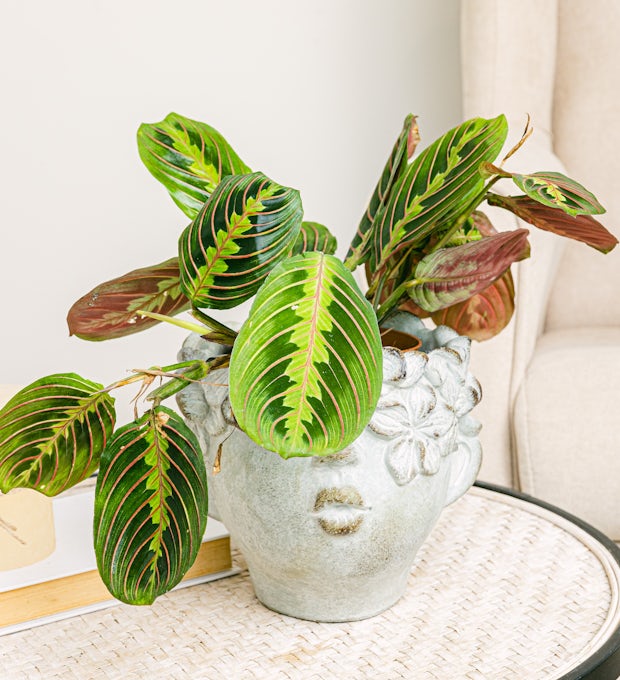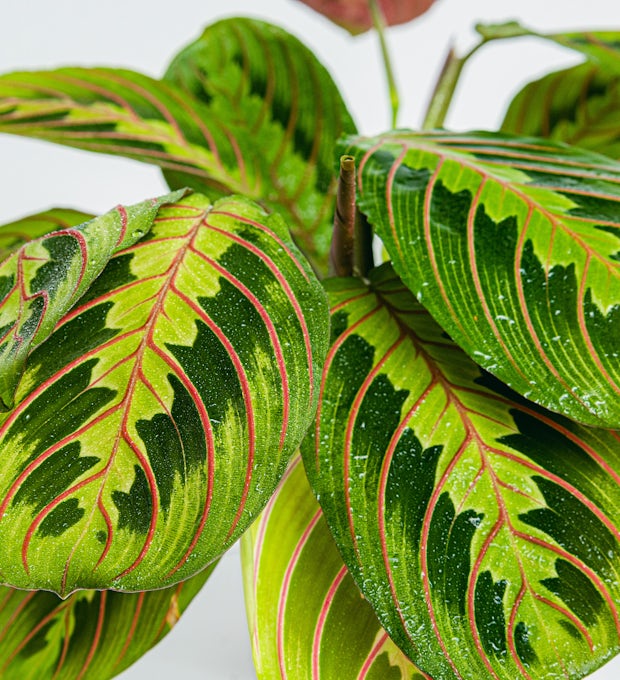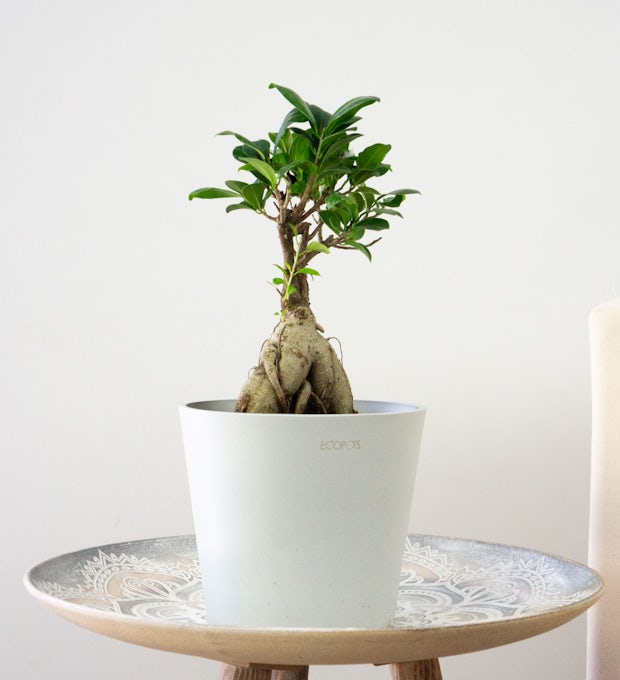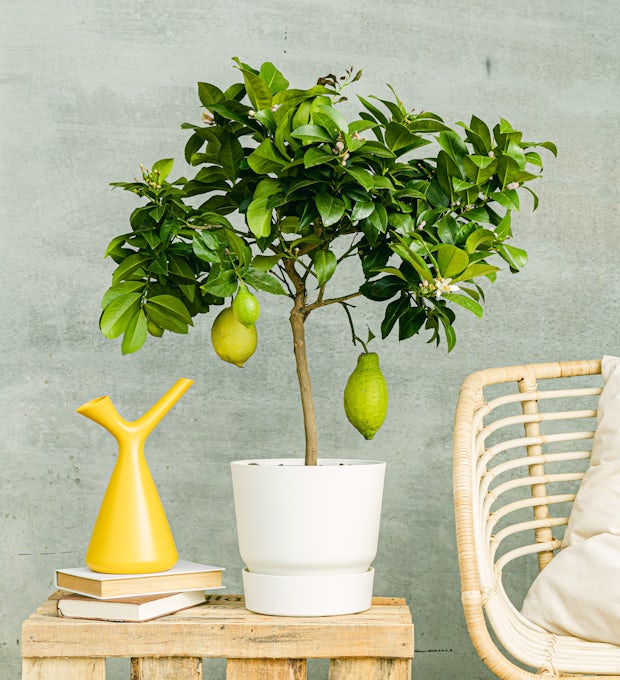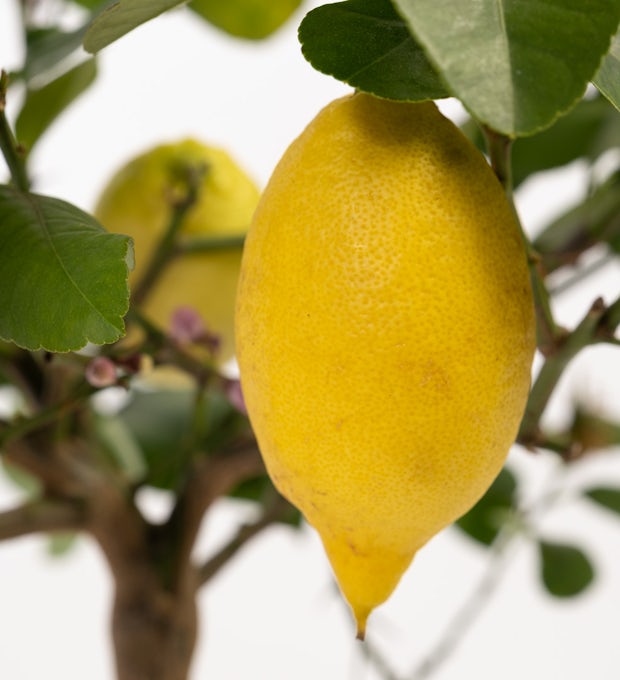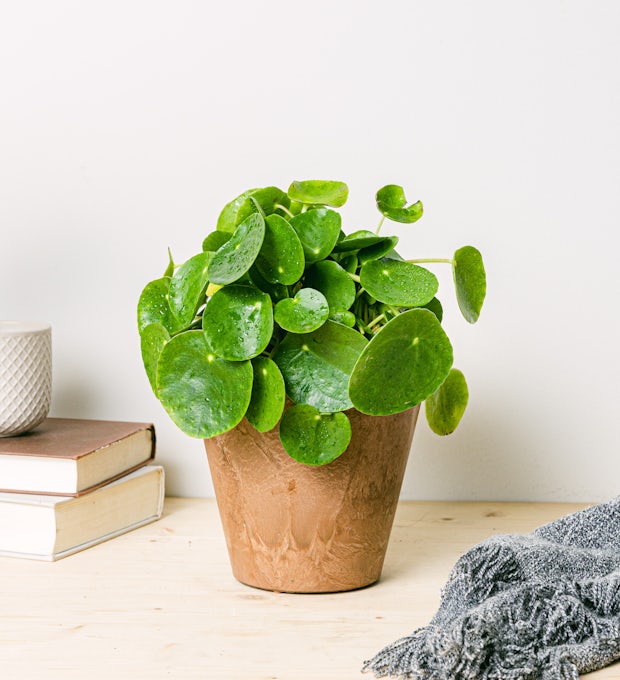Did you know that the secret to happy houseplants is in the right substrate? Yes, just as we need a good foundation to grow and develop, our seedlings also need a cozy home. In this article, you'll find out everything you need to know about substrate and how to choose the right one for each type of plant. We'll tell you about the benefits of each type of substrate, tips for preparing your own homemade substrate and debunk some myths about its use. So get ready to learn and give your plants that extra love they deserve. Let's dive into the wonderful world of substrate!
The Importance of Substrate in Houseplant Care
Did you know that the secret to happy houseplants lies in the right substrate? Yes, that's right, the substrate is a crucial element in the care of our plants. But what exactly is substrate and why is it so important? Substrate is the medium in which our plants grow and develop. It's like their home, providing them with the nutrients, water retention, and drainage needed to survive. Without a proper substrate, our plants can be affected by problems such as a lack of nutrients, too much or too little water, and poor growth in general. That's why it's essential to choose the right substrate for each type of plant. There are different types of substrates available on the market, such as organic, peat or composed of specific mixtures. Each has its own unique benefits and features. Some retain more water, while others allow for better drainage. In addition, you can also choose to prepare your own homemade substrate using natural ingredients such as compost, sand, and peat moss. In short, don't underestimate the importance of substrate in the care of your houseplants. Choose carefully and make sure you provide them with a happy and healthy home where they can grow and thrive.
What is substrate and why is it crucial for our plants?
The substrate, that element that is so fundamental for our indoor plants. But what exactly is it? Well, the substrate is that material that we use to fill the pots and provide a suitable environment for the growth of our beloved little plants. It's like your home, your living space. And trust me, it's crucial to your well-being. Why? Well, because the substrate is responsible for retaining the necessary moisture for the roots to absorb the water and nutrients they need. In addition, it also acts as a support to keep our plants standing. Without a good substrate, our plants would not be able to develop properly and would be destined for a sad fate. So now you know, if you want to have happy and healthy houseplants, make sure you choose the right substrate. Don't skimp on this aspect, because the quality of the substrate will make all the difference in the growth and development of your plants. So treat your plant as it deserves, give it a good home with a quality substrate and you will see how it thanks you with radiant greenery and overflowing joy. Long live the substrate!
We ship plants to all locations, you can see more options here.
The different types of Substrates and Their Benefits
When it comes to caring for our houseplants, choosing the right substrate is crucial for their health and happiness. There are different types of substrates, each with its own benefits. For example, peat-based substrate is excellent for retaining moisture, which is ideal for plants that require a humid environment such as ferns. On the other hand, perlite-based substrate is perfect for improving water drainage, preventing root rot in plants sensitive to excess moisture. In addition, the coco coir-based substrate offers excellent water and nutrient retention, which is especially useful for plants that need constant watering such as cacti. We can also find substrates based on organic compost, which are rich in nutrients and promote healthy plant growth. Each type of substrate has its own advantages and it is important to know the specific needs of our plants in order to choose the most suitable one. This will ensure that our plants are happy and can grow and develop properly.
We ship plants to all locations, you can see more options here.
How to choose the right substrate for each type of plant
When choosing the right substrate for our indoor plants, it is essential to take into account the specific needs of each species. Each plant has its own preferences when it comes to soil composition and water retention. Some plants, such as cacti, require a sandier substrate with excellent drainage, as they are sensitive to excess moisture. On the other hand, tropical plants prefer a substrate that is richer in nutrients and has a higher water holding capacity. For these plants, it is advisable to use a substrate based on peat or coco coir. In addition, we must also consider the size of the pot. Larger plants will need a substrate that provides them with good structural support and enough room for root growth. On the other hand, small plants can do well in lighter substrates. In short, choosing the right substrate for our plants is crucial to ensure their healthy and happy growth. We need to research the specific needs of each species and adapt the substrate accordingly. This way we can enjoy beautiful houseplants that thrive and fill us with joy in our home.
Tips for preparing your own homemade substrate
Preparing your own homemade substrate for your houseplants can be a rewarding and inexpensive experience. Plus, it allows you to have more control over the ingredients you use. Here are some tips to help you do it successfully.
First of all, it's important that you use a balanced mix of different materials. You can combine garden soil, peat moss, and sand to create a porous, well-drained substrate. Garden soil will provide nutrients, peat moss will retain moisture, and sand will improve drainage.
You can also add perlite or vermiculite to your homemade substrate. These materials will help improve root aeration and prevent soil compaction. In addition, you can incorporate organic compost to enrich the soil with natural nutrients.
Remember that each plant has its own needs, so it's important to do your research before preparing your home substrate. Some plants may require a more acidic substrate, while others will prefer a more alkaline one. Research your plants' preferences and adjust the ingredients accordingly.
Don't forget to sterilize the ingredients before mixing them to prevent the spread of diseases and pests. You can do this by heating the soil in the oven to a low temperature for a few minutes.
Making your own homemade soil can be a fun way to care for your plants and save money. Experiment with different combinations and see how your plants respond. Enjoy the process and see how your houseplants stay happy and healthy!
Myths and Truths About Using Substrate in Houseplants
There are many myths and truths surrounding the use of substrate in houseplants. Some people believe that any type of soil is enough for plants to grow happily, but this is not entirely true. The right substrate is essential for the healthy development of our plants. Another common myth is that plants don't need a specific substrate, and that they can survive with any type of soil or even without it. However, each plant has its own needs and requirements, so it's important to choose the right substrate for each of them.
It is also said that houseplants do not need a good quality substrate as they are protected inside the house. This is false, as the quality of the substrate directly influences the growth and development of plants. Poor quality substrate can negatively affect nutrient and water uptake, which can lead to problems such as lack of growth or even plant death.
On the other hand, there are those who claim that preparing a homemade substrate is complicated and not worth it. However, preparing our own substrate can be an economical and effective option. We can use a mixture of different organic materials such as compost, peat moss and perlite to create a nutritious and well-drained substrate.
In short, it's important to debunk myths about the use of substrate in houseplants. Choosing the right substrate for each type of plant and maintaining a good quality of it are key aspects to ensure the healthy and happy growth of our plants inside the home.
The importance of substrate quality in plant growth and development
The quality of the substrate is key to the growth and development of our indoor plants. Why? Because it's like the home of our plants, it's where they find the nutrients and support they need to grow healthy and strong. A good quality substrate provides a solid foundation for the roots, allowing them to expand and absorb the nutrients needed for their development. In addition, a suitable substrate retains the necessary moisture without becoming waterlogged, thus avoiding problems such as root rot. When our plants have a quality substrate, they feel happy and that is reflected in their appearance. Its leaves look greener and shinier, its stems become more robust, and its flowers bloom more intensely. It's exciting to see how our plants respond positively when we provide them with the right environment to grow. Therefore, we must pay attention to the quality of the substrate we use. Let's not skimp on investing in a good substrate, because in the end, our efforts will be rewarded with vibrant and healthy houseplants.
In this article, we have discovered the importance of substrate in the care of houseplants and how to choose the right one for each type of plant. We've also debunked some myths and learned about the benefits of making our own homemade substrate. However, beyond all these recommendations, there is an essential element that cannot be overlooked: the love and attention we give to our plants. At the end of the day, the most important thing is to take care of them with love and dedication, observe their needs and adapt our care to them. Let's not forget that plants also have life and respond to our affection. So, go ahead and keep experimenting and enjoying your happy houseplants
